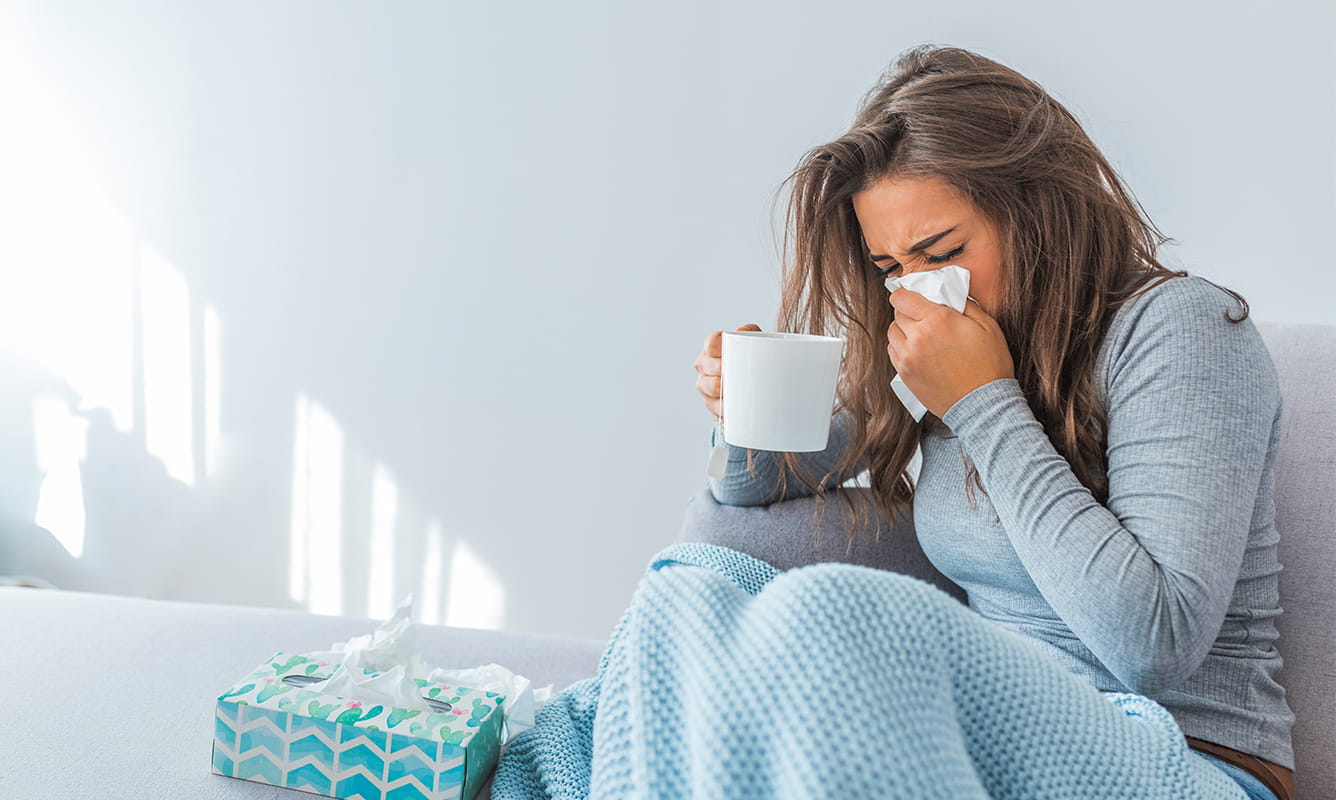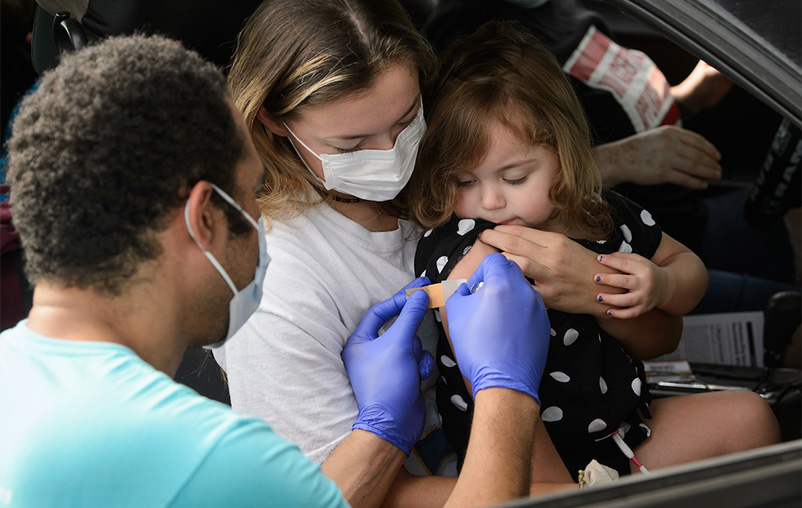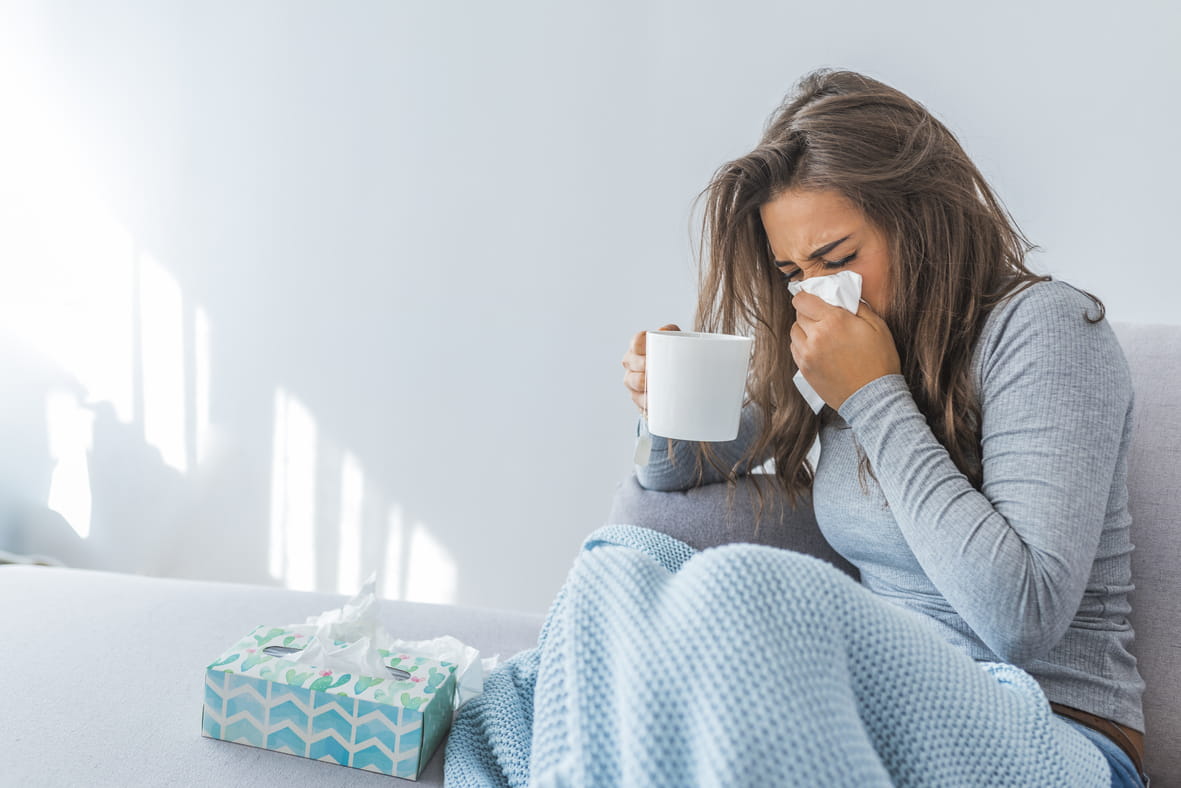The staggering rate of infection from the COVID-19 omicron variant has led to a flood of requests for tests from people who want to know if they’ve contracted the virus. Clinics and test sites have struggled to keep up with the new demand.
The federal government has responded by promising every household in the United States at least four free at-home tests. Numerous private companies have stepped-up production of tests you can buy in stores and online.
With so many choices and changing guidelines, many of us are confused about when, where and how COVID-19 tests are most effective. To help us sort out the facts, we called on Dr. Jason Bowling, hospital epidemiologist at University Health. Here’s our discussion and his advice.
Who needs to get a COVID-19 test?
Anybody who has symptoms of COVID-19 infection should get tested as soon as possible. With the high rate of infection we're seeing in our community it is very likely they have COVID-19. The other group that should get tested are those with a known high risk exposure to somebody else who has COVID-19. The CDC recommends getting tested five days after exposure to the COVID-positive person. If you get tested immediately after the exposure, it's going to be too early for that test to determine if the person has become infected.
There are two primary kinds of tests: the PCR tests, which require processing at a special lab, and the rapid antigen tests, which include most home tests. Which test is best?
PCR is considered the gold standard because it has the highest sensitivity, and is the most likely to detect virus if it's present. But it requires a specialized lab and it has a longer turnaround time. The benefit of the antigen test, the rapid test, is you can do it at home and you get results almost immediately, so it can be a good tool. The trade-off is that the sensitivity is a little bit less.
The home antigen tests work better when people are symptomatic than when they're asymptomatic. If the result is positive, it’s probably a true positive, so you will know you are infected without having to leave your home.
If it’s negative, it's still possible you could have COVID-19, so most of the package inserts in the home tests will say you should get a follow-up PCR test within about 48 hours of the home test just to confirm the results.
What should I do if I have a positive test result?
If your COVID-19 test is positive, then you should isolate at home. If you live with other people, you should notify them since they have been in close contact. You should avoid going other places so you’re not infecting others. At home it's best to wear a mask until the others living there are able to assess their status.
If it is possible and you have enough space, it would be good to have a dedicated bedroom or living area and a bathroom.
If you are still having symptoms at the end of five days, you should remain at home a full 10 days. With or without symptoms you should wear a mask around others for 10 days.
What should I do if I have been exposed but I am asymptomatic?
The CDC is recommending you wait five days following exposure until you get tested. It takes about three to five days to start seeing viral load after someone is exposed and infected.
You should wear your mask around others during that time.
Then, for at least 10 days after exposure, continue to monitor very closely for symptoms, because it is possible to have a negative test after exposure, but then develop symptoms. I would wear a mask for a full 10 days after exposure and avoid large crowds.
There are so many home antigen tests available. Which ones should I use?
Be careful if you're shopping online that you're getting the test from a reputable vendor. You can crosscheck the brand of the test against the FDA website, which lists tests that have received emergency use authorization (EUA).
What tips can you provide for proper use of the home tests?
It's really important that people follow the instructions that come with the test to make sure they're using it appropriately. There are time limits on some of the different parts of the tests and different steps. Follow the instructions for how to gather the sample and where to get it. You may need to wait before you read the test because there's actually a timeframe for doing that. So, just make sure you read the instructions carefully.
Want more information on COVID-19 testing? The CDC maintains a comprehensive website.





